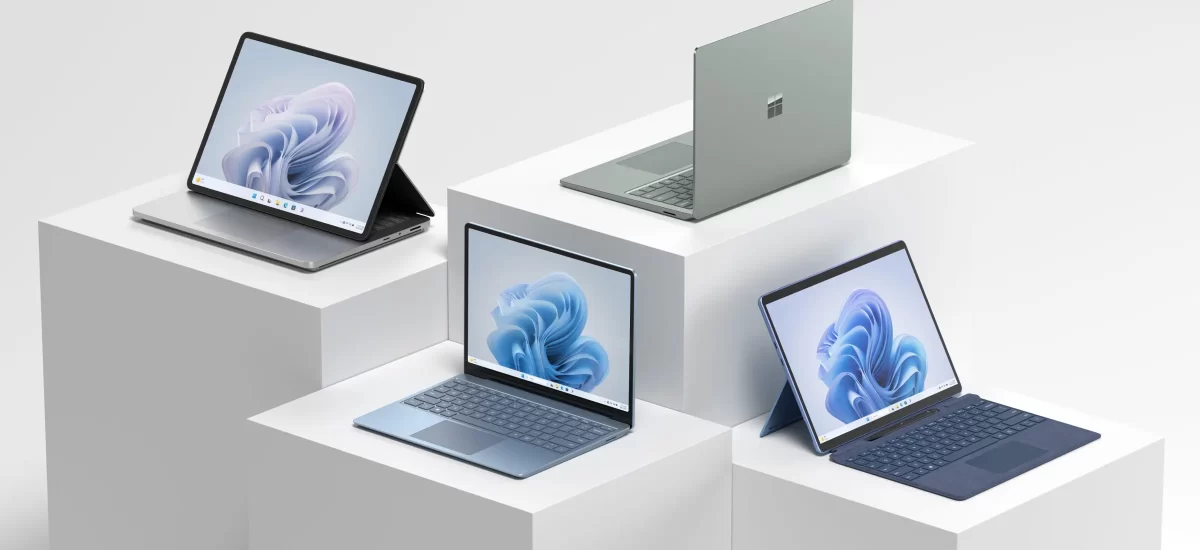Launched in 2015, Windows 10 by Microsoft is a system that most of us are very familiar with. As of November 2023, it held a market share of around 68% and was the most popular Windows desktop OS. However, this will soon be coming to an end.
Microsoft has announced that standard Windows 10 support will end in October 2025. It might seem like a fair way off, but it is good to be prepared in advance about the steps you can take once this end date rolls around.
What does Windows 10 end-of-life mean?
When this end-of-life date is reached, Microsoft will no longer be providing bug or security fixes, time zone updates, or technical support. You can continue to use your Windows 10 computer after October 2025, but it will be much more vulnerable to security threats, like viruses. The longer you use an unsupported version of Windows, the more vulnerable it becomes to hackers exploring it for weaknesses.
Famously, the large-scale WannaCry malware which affected the NHS so badly in 2017 was brought about by hackers exploiting weaknesses in old and unpatched Windows 7 software.
What are our options for Windows 10 end-of-life?
If you have Windows 10 machines we would strongly recommend that “do nothing” is not an option. There will be an option to pay for updates on a further three-year programme if you cannot update to Windows 11 on your machines and don’t have the budget to replace them.
Thinking of the long-term though, the best option for this transition would be to upgrade your hardware, to brand-new computers supporting Windows 11. Some of the reasons for this are listed below:
- System Requirements: Windows 11 comes with specific system requirements and specifications. If your current PC doesn’t meet these requirements, you might need to consider upgrading or purchasing a new one.
- Performance: Windows 11 is optimised to work best on modern hardware, so if your current PC is older and struggles with Windows 10, upgrading to a new PC could enhance your Windows 11 experience significantly.
- Compatibility: Older devices or software may not be compatible with Windows 11, leading to potential issues when running the new operating system.
- Future-proofing: Investing in a new PC that meets Windows 11 requirements can ensure compatibility with upcoming software updates, and extend the longevity of your setup if you plan to use your PC for several years to come.
Help with Windows 10 end-of-life
Microsoft generally offers on-going support for its Windows products for about 10 years, clearly sign-posting in advance when end-of-life will be. So this is not a shock announcement and there is still plenty of time to plan ahead.
By the time end-of-life for Windows 10 arrives, Windows 11 will have been running smoothly for several years and it is an excellent platform. Whether you are already working with us or are new to Nebula, we will take the time to understand your requirements, industry and budget and help you arrive at the best solution for managing Windows 10 end-of-life. So please schedule a call with us to get started.

